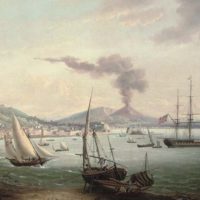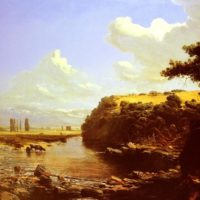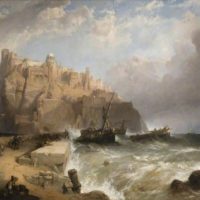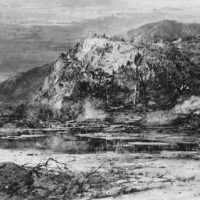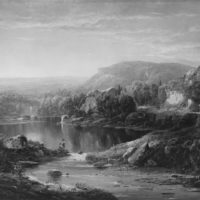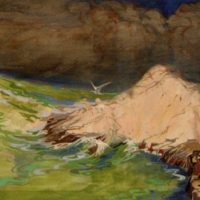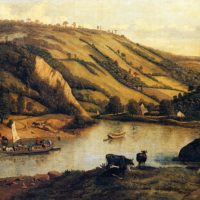History Painting Archive
Art forms defined by subject matter rather than an artistic style, including narrative religious mythological and allegorical subjects
The painting is an allegory of the crowning of the young Grand Duke Ferdinando II. His father died in 1621 while the prince was still a child, and he became Grand Duke on coming of age in 1629. His mother Maria Maddalena of Austria and his grandmother, Cristina of Lorraine acted as regents during this lengthy period.
This painting relates the story of Jael and Sisera in tones of delicate colours that contrast emphatically with the drama of the biblical event recounted. It was painted after the artist’s return too Venice from travels that took him to most of Europe, when his palette became brighter and more refined. Sisera was a cruel Canaanite leader who ruled the Israelites for twenty years. Barak defeated his nine hundred charioteers by a surprise Israelite attack. Sisera escaped and sought refuge in the tent of Jael, wife of Heber the Kenite. She gave the terrified Canaanite sanctuary. When he fell asleep, she drove a tent peg into his brain. The act fulfilled the prediction of Debora, prophetess and Israelite leader, who foresaw that a woman would […]
The central panel (89 x 76 cm) depicts the Presentation in the Temple, while the left wing (150 x 65 cm) represents St Augustine and a Kneeling Donor, the right wing (150 x 65 cm) St Peter Martyr and a Kneeling Donor. Bergognone inherited from Vincenzo Foppa, the founder of Lombard painting, a strict construction and soft modelling in an ashen, silvery light. However, he was receptive to the innovations brought to Milan by the architect Bramante (architectural perspectives) and Leonardo da Vinci (modelling created by intense chiaroscuro), as also to the monumentality of Florentine art.
The intersection of styles characterizes this small panel, in which Northern elements traceable to Rogier van der Weyden are conspicuously present, but so are certain Vincenzo Foppa influences, mainly in the physiognomy of some figures in the middleground, in the facial types and some solutions in the drawing that were to remain unaltered in Bergognone’s works of subsequent years.
